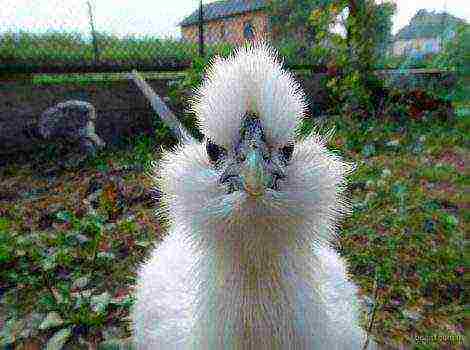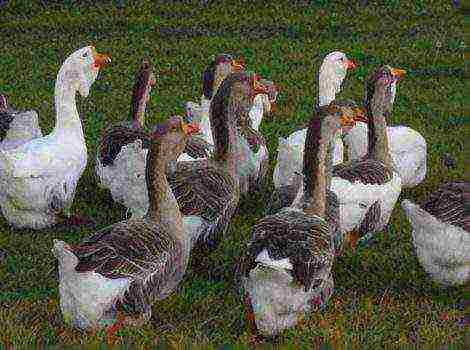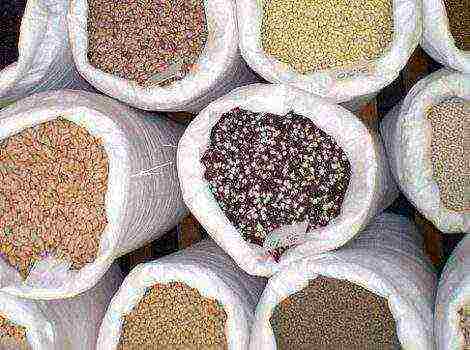Content
- 1 Incubation of turkey eggs
- 1.1 What incubators to use at home for hatching turkey poults
- 1.2 Choosing a turkey breed
- 1.3 How to choose turkey eggs
- 1.4 Laying eggs
- 1.5 Incubation period: what should be the temperature
- 1.6 Incubation table: timing, temperature and humidity
- 1.7 How the chick develops during the incubation period
- 1.8 The birth of turkey poults: how many days before hatching
- 1.9 Positive and negative aspects of the incubator when breeding turkey poults
- 1.10 It is worth knowing
Incubation of turkey eggs
The turkey, which we are accustomed to consider native, was once brought from America. Due to this the bird is very moody in breedingsince our climatic conditions are very different from the American continent. In modern poultry farming, the breeding of this bird is quite popular, but it has its own nuances. In this article we will talk about the incubation of turkey eggs at home - how long it takes to hatch offspring, temperature, air humidity and other features.
What incubators to use at home for hatching turkey poults
Unfortunately, it is not always possible to hatch the bird in a natural way, and the livestock will be much smaller than in an incubator.
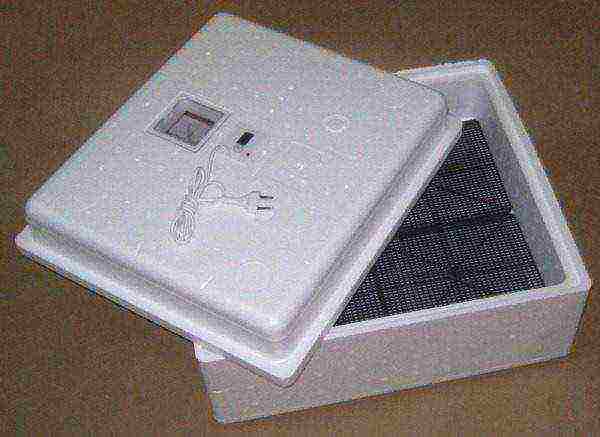
Incubators are divided into two types:
- Heated above;
- Heated from below.
In natural conditions bird incubates eggs from above, in this regard, the embryo of the chick is located in this part. If we take this into account, it means that the heaters should be placed on top. But in this case, there is a minus, this is that warm air rises up according to the laws of physics. This will cause most of the precious heat to escape through the vent.
If you go against the laws of nature and do bottom heating, then in this case the heat is used more economically.
In both of these cases, there is a big disadvantage, egg heating is unevenwhich is not very effective.
Some craftsmen, in order to bring the conditions in the incubator closer to natural, install heaters in the chamber, and the upper and lower parts are sheathed with metal, which holes are made. The height is calculated according to the heater.
Choosing a turkey breed
In order for the livestock to bring not only good offspring, but also give a large amount of meat, it is worth taking seriously the breed of turkeys.
- North Caucasian bronze... This breed has been popular for a very long time among domestic breeders. In adult form, the bird can reach fifteen kilograms. Egg production, about eighty eggs per year.
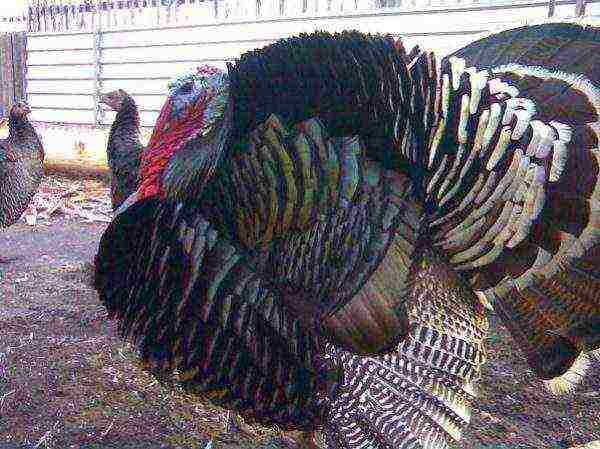
- Bronze broad-breasted... It has great similarities with the North Caucasian turkey.
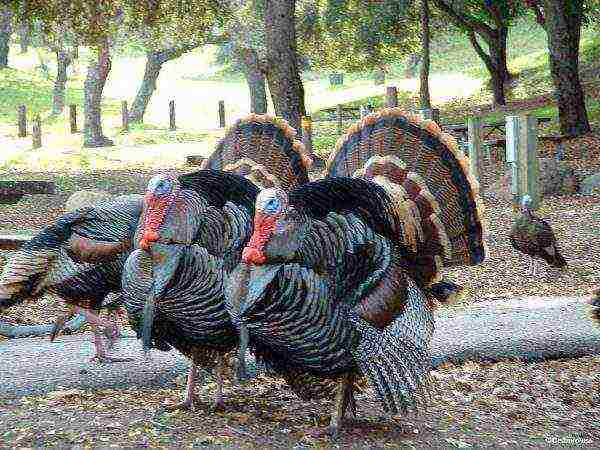
- White broad-breasted... This breed is more suitable for high quality meat. Egg production up to one hundred and twenty eggs in twelve months.
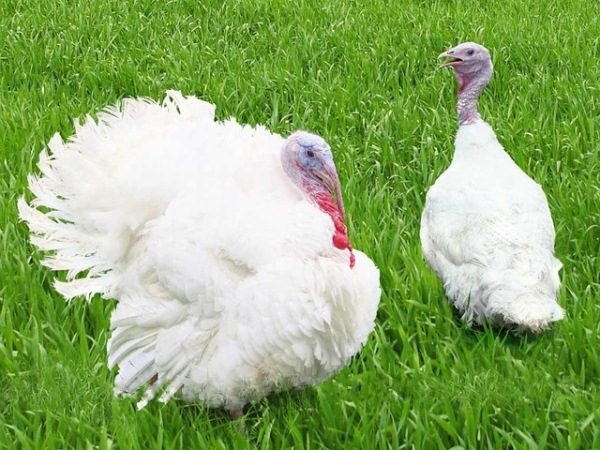
How to choose turkey eggs
Before eggs are sent to the incubator, they must pass strict and very careful selection according to the following parameters:
- Correct form;
- Net shell;
- Smooth surface;
- The absence of any blotches.
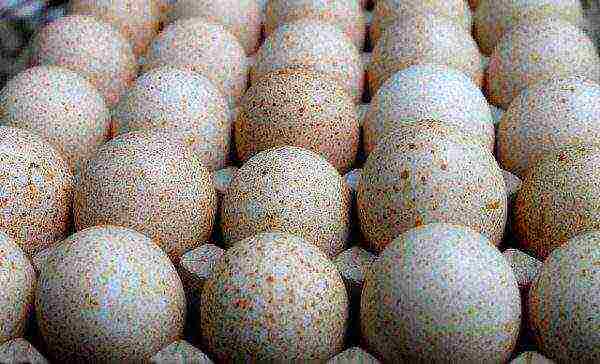
When the egg is translucent:
- Yolk should be in the center;
- It shouldn't have clear contours;
- Air chamber should be located at the blunt end.
It is strongly not recommended to wash eggs. The maximum shelf life is ten days. Storage humidity should be 80%. Temperature 12 degrees, with a plus sign. Store eggs blunt edge up, turn over every fourth day.
Laying eggs
- The incubator is being prepared the day before laying the eggs.
- To maintain the correct humidity level, the bottom tray is filled with water.
- In an incubator two thermometers are installedbut. Each of them should be about two centimeters above the egg.
- To recognize moisture, take a cloth and tie to the bottom of one thermometer, while the other tip should be located in a tray of water.
- Eggs are marked on both sides., for example, with one cross, with another zero. These simple manipulations will help you rotate the eggs one hundred and eighty degrees. A simple pencil is recommended to use for notes.
- The eggs are very carefully placed in the incubator so that the marks were all the same.
- Eggs are recommended to be turned every three days. so that the chick does not stick to the shell.
- After twenty-five days, coups ceaseso that the chicks can be born correctly.
Incubation period: what should be the temperature
Incubation lasts about twenty-eight days... For twelve hours after placing the eggs in the incubator, do not disturb. The rest of the time, the eggs are turned every four hours.
The temperature is maintained according to the following principle (see incubation table):
- 1 - 8 days: simple thermometer - (+) 37.8 degrees; wet thermometer - up to (+) 30
- 9 - 21 days: heat is reduced to (+) 37.6 degrees
- 22 - 25 days: (+) 37 degrees
- Day 26: the period of hatching of turkeys begins, in this case, within five hours, a simple thermometer should show (+) 37.4 degrees, and a humidity thermometer (+) 29
- During the period when the chicks begin to be active in the birth, the temperature is brought to (+) 36.6 degrees. Air intake is increased.
Incubation table: timing, temperature and humidity
| Period | Temperature | Humidity | Turn |
|---|---|---|---|
| 1 - 7 days | 38 ° C | 65 % | 6 times |
| 8 – 14 | 38 ° C | 50 % | 6 times |
| 15 – 25 | 37.5 ° C | 65 % | 4 times + cooling 15 minutes |
| 26 – 28 | 36.6 ° C | 70 % | No |
How the chick develops during the incubation period
With the correct flow of the process after two weeks, the allantois closes... This is a respiratory organ that plays a very important role in the life of the embryo. This organ helps to get the right amount of air.
On the twenty-fifth day the final incubation period begins. At this time, the work of the fetal metabolism completely changes. They acquire their own body temperature, therefore, in order not to harm the chick, they use daily cooling for about fifteen minutes.
The birth of turkey poults: how many days before hatching
Bites on the shell can be noticed after twenty-five days., after the bookmark. Before that happens, experienced poultry farmers recommend using the ovoscope for the last time, that is, to enlighten the egg.
If the chick is developing correctly, the inside of the egg should be dark until the air chamber. The boundaries are blurred and moving. As soon as the bite has occurred, the turns are stopped.
During the period of birth of turkey poults, all eggs should be well warmed up. Also, during this period, oxygen should flow well; for this, ventilation is regulated. The chick appears at about the twenty-seventh day..
So that the turkeys appear evenly, on the day of their appearance, the temperature is made higher and bring it to 37 degrees. When all the chicks hatch, the shells are collected, boiled for about twenty minutes and used as food for turkeys.
Turkey poults require more care than simple chicks. For nine weeks they should be kept warm and applied to feed with vitamins that contain a large amount of protein.
Since the kids do not have a mother, how to eat, and you will have to teach you how to drink.For eating, they tap their finger on a plate of food, and for drinking, they dip their beak into a bowl of warm water.
For food, the chicks are given:
- Boiled egg finely chopped;
- Millet;
- Fat free cottage cheese;
- Corn groats.
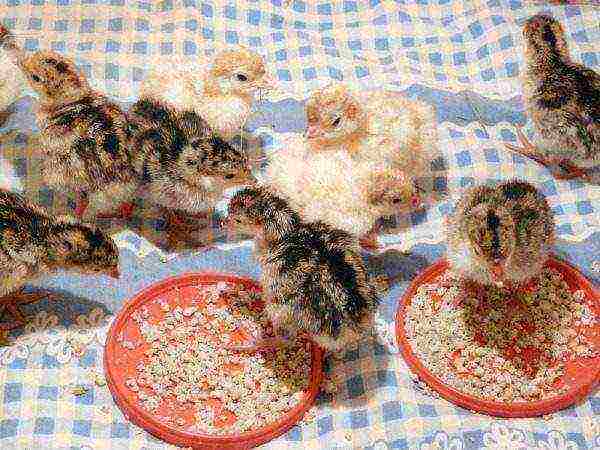
You can also add nettle and dandelion. After the fourteenth day meat offal is introduced into the diet, which is boiled and chopped as much as possible.
Positive and negative aspects of the incubator when breeding turkey poults
The positive aspects of the incubator include:
- In the absence of chicken, you can remove the poults;
- You can take control of the whole chick emergence process;
- Good for a large number of eggsc.
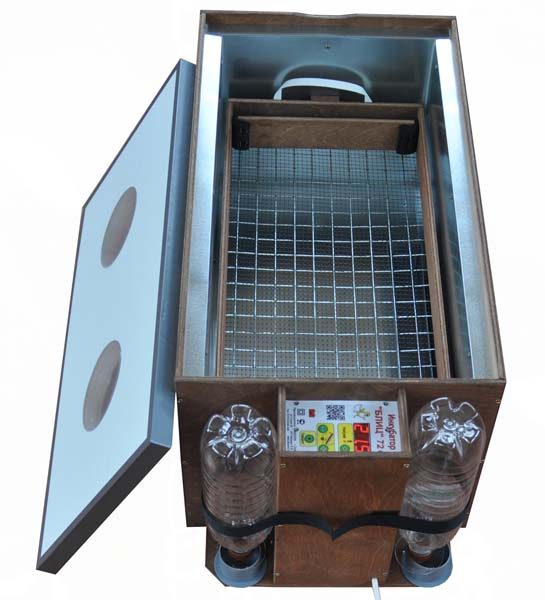
Negative sides:
- Possible blackoutsthat will negatively affect the process;
- Have to spend money on an incubator.
It is worth knowing
- Turkey poults hatch around 10 hours;
- In a day chicks can be fed and given drink;
- Newborn not worth it at first, they need time to bother them to dry;
- Incubation period for turkeys is 28 days;
- During the curse it is imperative to check that the crack appears on top;
- Watch out for humidity and add enough water;
- Not worth it often touch eggs while hatching turkeys, this will make the process more positive;
- Can't help chicks during the birth process so as not to harm;
- If you have broken the rolling process, chicks may be born with leg abnormalities, such individuals are euthanized;
- Hands must be clean... Make sure that before taking the egg you do not touch your face with them, so that sebum does not get on the shell, as it can cause irreparable harm.
- Keep turkeys and chicks in different locations after birth, this will help avoid infection. For adults, this rule does not apply.
